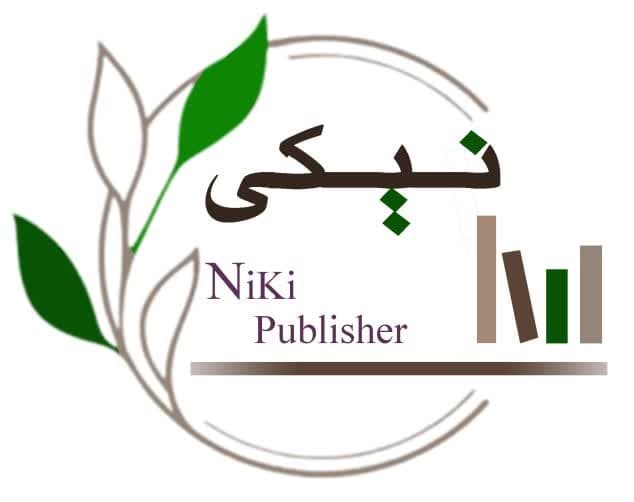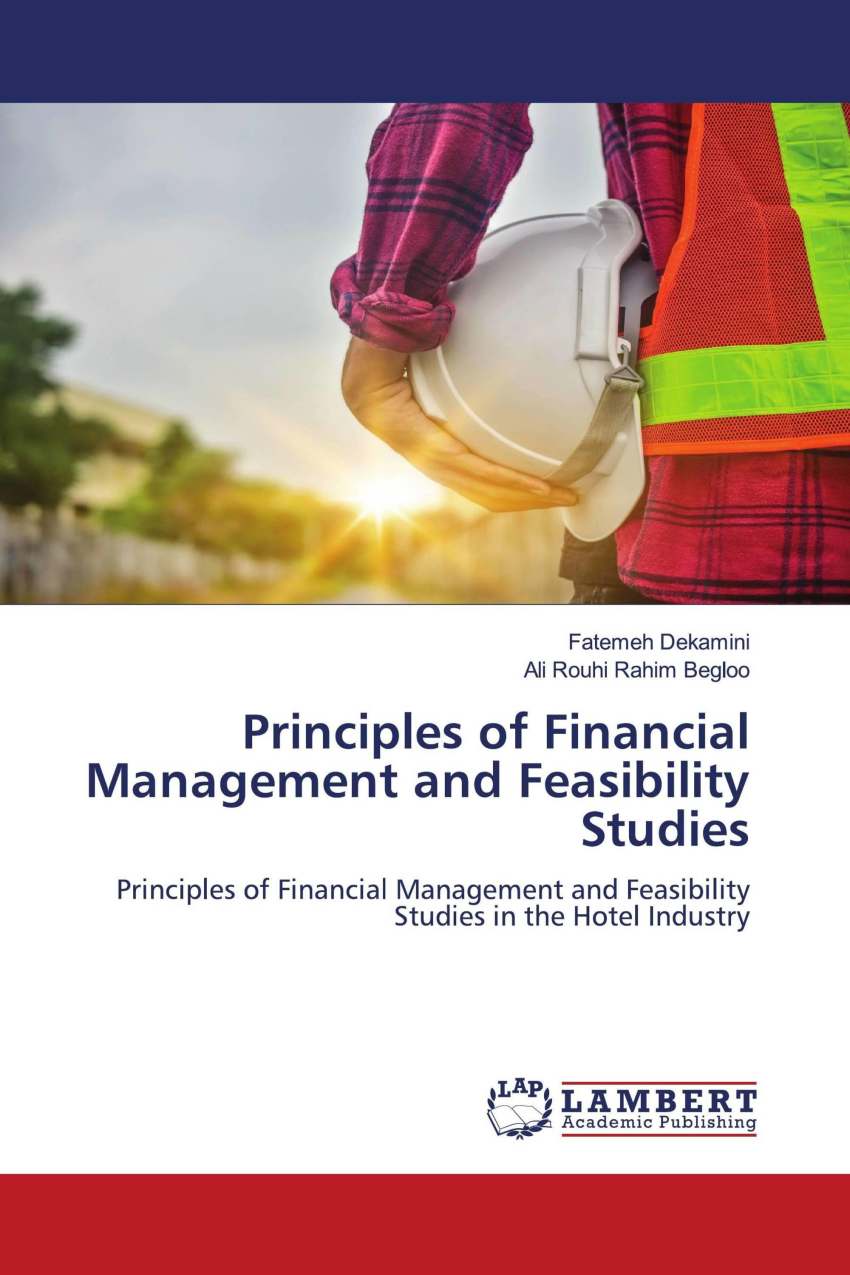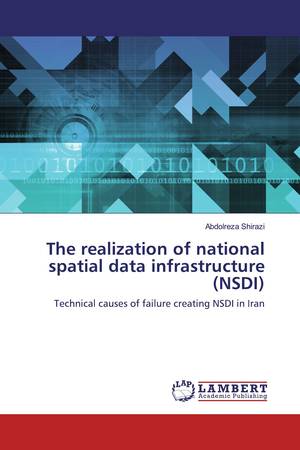کتاب Principles of Financial Management and Feasibility Studies
۳۶۳,۰۰۰ تومان Original price was: ۳۶۳,۰۰۰ تومان.۱۹۹,۶۵۰ تومانCurrent price is: ۱۹۹,۶۵۰ تومان.
| تعداد صفحات | 109 |
|---|---|
| شابک | 978-620-4-98127-7 |
| انتشارات |


کتاب Principles of Financial Management and Feasibility Studies – راهنمایی جامع برای مدیریت مالی و مطالعات امکانسنجی
کتاب Principles of Financial Management and Feasibility Studies اثری کاربردی و ارزشمند است که اصول مدیریت مالی را با روشهای علمی امکانسنجی پروژهها ترکیب کرده است. این کتاب برای مدیران، کارآفرینان، سرمایهگذاران و دانشجویان رشتههای مدیریت و مالی طراحی شده و به تحلیل جنبههای کلیدی در تصمیمگیریهای مالی و ارزیابی پروژهها میپردازد.
درباره کتاب Principles of Financial Management and Feasibility Studies
این کتاب بهصورت جامع به آموزش اصول مدیریت مالی و روشهای عملی ارزیابی امکانپذیری پروژهها میپردازد. نویسنده با ترکیب دانش مالی و مطالعات امکانسنجی، به خوانندگان کمک میکند تا توانایی تحلیل اقتصادی و مالی پروژهها را تقویت کرده و تصمیمات هوشمندانهای اتخاذ کنند.
موضوعات کلیدی کتاب
- اصول مدیریت مالی: آشنایی با مبانی بودجهبندی، مدیریت منابع مالی و تحلیل سودآوری.
- مطالعات امکانسنجی: روشهای شناسایی و ارزیابی عملی و اقتصادی پروژهها.
- تحلیل ریسک: بررسی عوامل خطر در پروژهها و ارائه راهکارهای مدیریتی برای کاهش آن.
- برنامهریزی مالی: طراحی و پیادهسازی استراتژیهای مالی برای موفقیت پروژهها.
- تصمیمگیری اقتصادی: تحلیل هزینهها و مزایا برای ارزیابی و اولویتبندی پروژهها.
ویژگیهای برجسته کتاب Principles of Financial Management and Feasibility Studies
- رویکرد علمی و عملی: ترکیب تئوریهای مالی با مطالعات موردی واقعی.
- ابزارهای کاربردی: ارائه روشها و ابزارهای مورد نیاز برای تحلیل مالی و امکانسنجی.
- ساده و قابلفهم: مناسب برای افراد با سطح دانش مختلف در زمینه مالی.
- تمرکز بر کاربردهای واقعی: ارائه مثالها و تمرینهای عملی برای یادگیری عمیقتر.
چرا کتاب Principles of Financial Management and Feasibility Studies را بخوانید؟
این کتاب منبعی ضروری برای افرادی است که در حوزههای مدیریت پروژه، کارآفرینی یا سرمایهگذاری فعالیت میکنند. مطالعه این اثر به شما کمک میکند تا با اصول علمی مدیریت مالی و ارزیابی پروژهها آشنا شوید و از آنها برای تصمیمگیریهای بهتر و کاهش ریسک در کسبوکار خود استفاده کنید.
مخاطبان کتاب Principles of Financial Management and Feasibility Studies
- مدیران مالی و پروژه: برای افزایش دانش و مهارت در برنامهریزی و اجرای پروژهها.
- کارآفرینان و سرمایهگذاران: جهت تحلیل اقتصادی و مالی ایدهها و پروژههای نوآورانه.
- دانشجویان و پژوهشگران: برای درک بهتر مفاهیم مدیریت مالی و ارزیابی امکانسنجی.
- مشاوران اقتصادی و مالی: بهعنوان راهنمایی برای ارائه خدمات به مشتریان.
سفارش کتاب Principles of Financial Management and Feasibility Studies
برای تهیه این کتاب ارزشمند و گسترش دانش خود در زمینه مدیریت مالی و امکانسنجی پروژهها، به فروشگاه سایت ما مراجعه کنید یا با تیم پشتیبانی تماس بگیرید. این اثر ابزار مناسبی برای موفقیت در پروژههای مالی و سرمایهگذاری خواهد بود.
پرسش و پاسخ برای کتاب “Principles of Financial Management and Feasibility Studies”
1. پیشبینی (Forecasting) چیست و چرا برای سازمانها اهمیت دارد؟
پیشبینی فرآیندی است که در آن با استفاده از دادهها و اطلاعات گذشته، وضعیت آینده سازمان یا صنعت مشخص میشود. این فرآیند اهمیت زیادی دارد زیرا به سازمانها کمک میکند تا تصمیمات بهتری در مورد منابع و استراتژیهای خود بگیرند و از تغییرات پیشبینی نشده جلوگیری کنند. 🔮
2. آموزش سواد مالی چگونه میتواند جنبههای مختلف زندگی اجتماعی را بهبود بخشد؟
آموزش سواد مالی به افراد کمک میکند تا تواناییهای خود را در مدیریت مالی بهبود بخشند. این تواناییها نه تنها در زندگی شخصی بلکه در زندگی اجتماعی نیز تأثیرگذار است، چرا که میتوانند تصمیمات بهتری در زمینههای اقتصادی، سرمایهگذاری و مالی اتخاذ کنند. در نتیجه، این مهارتها میتوانند کیفیت زندگی اجتماعی را بالا ببرند و به ارتقای سطح رفاه عمومی کمک کنند. 📚💡
3. خلاصهای از مطالعات امکانسنجی (Feasibility Studies) چیست؟
مطالعات امکانسنجی به بررسی و تحلیل موارد مختلف یک پروژه یا طرح پرداخته و میتواند شامل جنبههای مالی، عملیاتی، قانونی و تکنولوژیکی باشد. هدف این مطالعات این است که تعیین کنند آیا پروژه مورد نظر از نظر اقتصادی و اجرایی قابل انجام است یا خیر. این مطالعات به تصمیمگیری صحیح در مراحل اولیه پروژهها کمک میکنند. 📊🔍
4. انواع مدلهای درآمدی و مدلهای درآمدی فرانچایز چیست؟
مدلهای درآمدی مختلفی وجود دارند که هرکدام روشهای مختلفی برای کسب درآمد دارند، از جمله مدلهای بر اساس فروش مستقیم، اشتراک، تبلیغات و غیره. مدلهای درآمدی فرانچایز هم به مدلهایی اشاره دارند که در آنها یک شرکت (فرانچایزر) به دیگران (فرانچایزیها) مجوز استفاده از برند و فرآیندهای خود را میدهد. این مدلها به کسب و کارها امکان گسترش سریع را میدهند. 💰🏢
5. روندهای کلیدی که بر آینده هتلها تأثیر میگذارند چیست؟
در این بخش به تحلیل روندهایی پرداخته میشود که صنعت هتلداری را تحت تأثیر قرار میدهند، مانند تغییرات در سلیقه مسافران، فناوریهای نوین، نگرانیها در مورد محیطزیست و شیوههای جدید بازاریابی. این روندها به هتلها کمک میکنند تا خود را با نیازهای مشتریان تطبیق دهند و در بازار رقابتی باقی بمانند. 🏨📈
6. قابلیتهای Control4 برای هتلهای هوشمند چیست؟
Control4 یک سیستم اتوماسیون خانگی است که در هتلها به کار گرفته میشود تا تجربه مشتری را بهبود بخشد. این سیستمها شامل کنترل روشنایی، تهویه، تلویزیون، امنیت و سایر خدمات مهم میشوند که همه از طریق یک پلتفرم واحد مدیریت میشوند. این فناوریها به هتلها کمک میکنند تا خدمات خود را به صورت هوشمند و خودکار ارائه دهند. 📱💡
7. فناوریهایی که صنعت هتلداری را انقلاب کردهاند چیست؟
فناوریهای جدیدی مانند اینترنت اشیاء (IoT)، هوش مصنوعی، رباتها، و واقعیت مجازی (VR) به صنعت هتلداری وارد شدهاند. این فناوریها موجب شدهاند که هتلها بتوانند تجربهای بهتر، سریعتر و شخصیتر برای مهمانان فراهم کنند. همچنین، این تکنولوژیها موجب بهبود فرآیندهای داخلی و بهرهوری بیشتر شدهاند. 🤖🌐
این پرسشها و پاسخها به طور خلاصه مفاهیم اصلی کتاب را پوشش میدهند و میتوانند به درک بهتر مطالب کتاب کمک کنند.
| تعداد صفحات | 109 |
|---|---|
| شابک | 978-620-4-98127-7 |
| انتشارات |
محصولات مشابه
-
کتاب The realization of national spatial data infrastructure (NSDI)
۲۶۷,۰۰۰ تومانOriginal price was: ۲۶۷,۰۰۰ تومان.۱۷۳,۵۵۰ تومانCurrent price is: ۱۷۳,۵۵۰ تومان. -
کتاب Enforcement of Hudud Punishments in the Age of Occultation
۳۹۹,۰۰۰ تومانOriginal price was: ۳۹۹,۰۰۰ تومان.۱۹۹,۵۰۰ تومانCurrent price is: ۱۹۹,۵۰۰ تومان. -
کتاب FEAR AND DESIRE
۲۱۰,۰۰۰ تومانOriginal price was: ۲۱۰,۰۰۰ تومان.۱۵۷,۵۰۰ تومانCurrent price is: ۱۵۷,۵۰۰ تومان. -
کتاب Advances in Dissimilar Welding of Steel to Copper
۲۱۰,۰۰۰ تومانOriginal price was: ۲۱۰,۰۰۰ تومان.۱۵۷,۵۰۰ تومانCurrent price is: ۱۵۷,۵۰۰ تومان.












